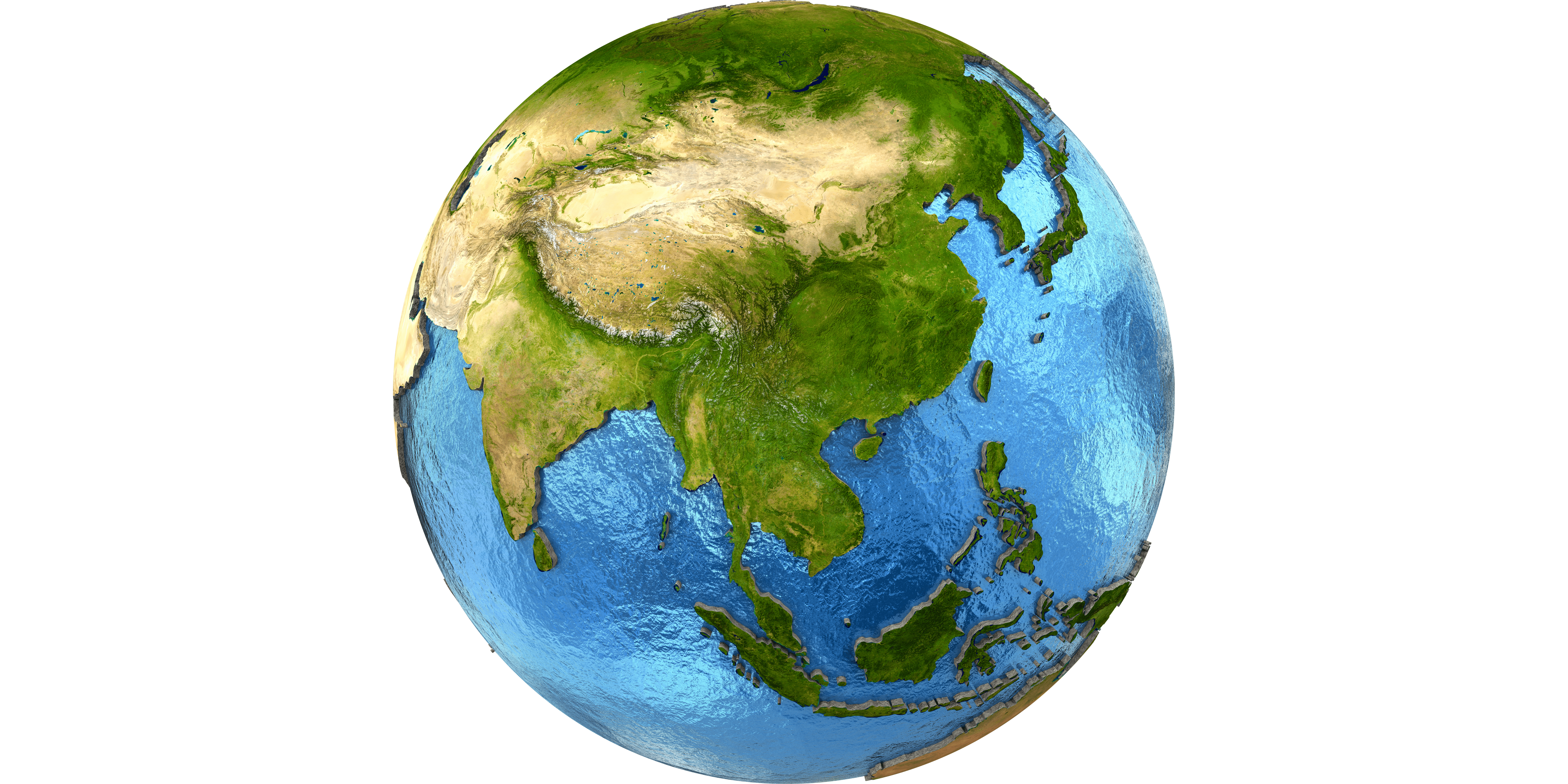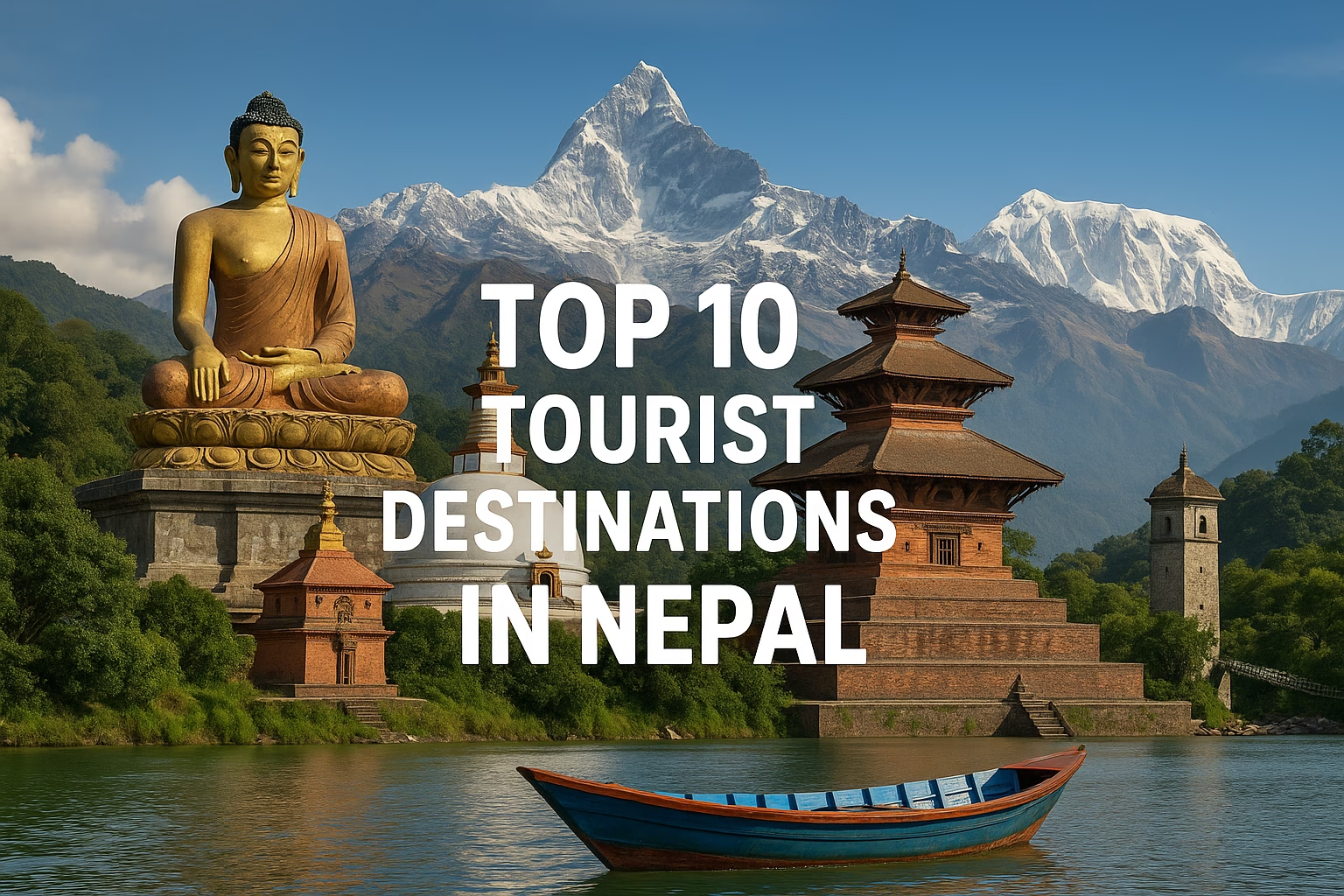1. Introduction to Asia as the Largest Continent in the World:

Asia is widely recognized as the largest continent in the world, both in terms of land area and population. Encompassing diverse landscapes, cultures, and economies, Asia plays a central role in global affairs. Also has significant influence on various aspects of human civilization.
2. Geographic Overview of Asia:
2.1. Land Area:
Asia covers an extensive land area of approximately 44.58 million square kilometers, accounting for around 30% of the Earth’s total landmass. It spans from the eastern shores of the Mediterranean Sea to the Pacific Ocean, and from the Arctic Ocean in the north to the Indian Ocean in the south.
2.2. Physical Features:
Asia boasts diverse physical features, including vast plains, rugged mountains, extensive deserts, fertile river valleys, and dense forests. The continent is home to some of the world’s highest mountain ranges, including the Himalayas, Karakoram, and Pamir, as well as expansive river systems such as the Ganges, Yangtze, and Mekong.
2.3. Climate Zones:
Asia exhibits a wide range of climates, from arctic conditions in the north to tropical climates in the south. Climate zones include tundra, taiga, steppe, desert, temperate, and tropical regions, each with its unique weather patterns, vegetation, and wildlife.
3. Countries and Regions of Asia:

3.1. Divisions:
Asia is traditionally divided into six major subregions: East Asia, South Asia, Southeast Asia, Central Asia, West Asia (also known as the Middle East), and North Asia (or Siberia). Each subregion has its distinct geographical, cultural, and geopolitical characteristics, reflecting the diversity and complexity of the continent.
3.2. Countries:
Asia is home to a vast array of countries, including populous nations such as China, India, Indonesia, Pakistan, Bangladesh, Japan, and Russia. These countries vary greatly in terms of size, population, economic development, political systems, and cultural heritage, contributing to the rich tapestry of Asia’s diversity.
3.3. Regions:
Each subregion of Asia encompasses multiple countries and regions with shared historical, cultural, and geographical ties. Examples include the ASEAN (Association of Southeast Asian Nations) bloc in Southeast Asia, the Gulf Cooperation Council (GCC) in the Middle East, and the Commonwealth of Independent States (CIS) in Central Asia.
4. Cultural Diversity of Asia:

4.1. Languages and Religions:
Asia is home to a vast array of languages, with hundreds of languages spoken across the continent. Major language families include Indo-European, Sino-Tibetan, Altaic, Dravidian, Austroasiatic, and Austronesian, among others. Similarly, Asia is a cradle of diverse religions, including Buddhism, Hinduism, Islam, Christianity, Sikhism, Judaism, Taoism, and Confucianism, among others.
4.2. Art, Architecture, and Cuisine:
Asian cultures have produced rich artistic and architectural traditions, ranging from ancient temples, palaces, and monuments to intricate paintings, sculptures, and crafts. Cuisine in Asia is incredibly diverse, reflecting local ingredients, culinary techniques, and cultural influences. Asian cuisine encompasses a wide range of flavors, spices, and cooking styles, from Chinese dim sum and Indian curries to Japanese sushi and Thai noodles.
4.3. Festivals and Traditions:
Asia celebrates a plethora of festivals and traditions throughout the year, ranging from religious ceremonies and cultural rituals to seasonal celebrations and national holidays. Examples include Chinese New Year, Diwali, Eid al-Fitr, Songkran, Naadam, and Lunar New Year, each offering insights into the rich cultural heritage and traditions of Asia.
5. Economic Importance of Asia:
5.1. Economic Powerhouse:
Asia is a major economic powerhouse, driving global economic growth and development. The continent is home to some of the world’s largest and fastest-growing economies, including China, India, Japan, South Korea, and Indonesia.
5.2. Trade and Commerce:
Asia plays a central role in international trade and commerce, serving as a hub for manufacturing, export-oriented industries, and global supply chains. The region’s strategic location, abundant natural resources, and large consumer markets make it an attractive destination for foreign investment and trade partnerships.
5.3. Technological Innovation:
Asia is a hotbed of technological innovation and entrepreneurship, with leading companies in sectors such as electronics, information technology, biotechnology, and telecommunications. Countries such as Japan, South Korea, China, and India are at the forefront of technological advancements, driving innovation and shaping the future of industries worldwide.
6. Environmental Challenges and Conservation Efforts:
6.1. Environmental Pressures:
Asia faces numerous environmental challenges, including deforestation, air and water pollution, habitat loss, climate change, and natural disasters. Rapid industrialization, urbanization, and population growth have exerted significant pressures on Asia’s ecosystems and natural resources.
6.2. Conservation Initiatives:
Despite these challenges, Asia is also home to various conservation efforts aimed at protecting biodiversity, preserving natural habitats, and promoting sustainable development. Conservation organizations, government agencies, and local communities are working together to implement conservation strategies, establish protected areas, and raise awareness about environmental issues.
7. Conclusion:
In summary, Asia stands as the largest continent in the world, encompassing vast geographical diversity, cultural richness, and economic significance. With its diverse landscapes, rich cultural heritage, and dynamic economies, Asia (largest continent in the world) continues to shape global trends. Also influence international affairs, and inspire admiration for its resilience, innovation, and vibrancy.









